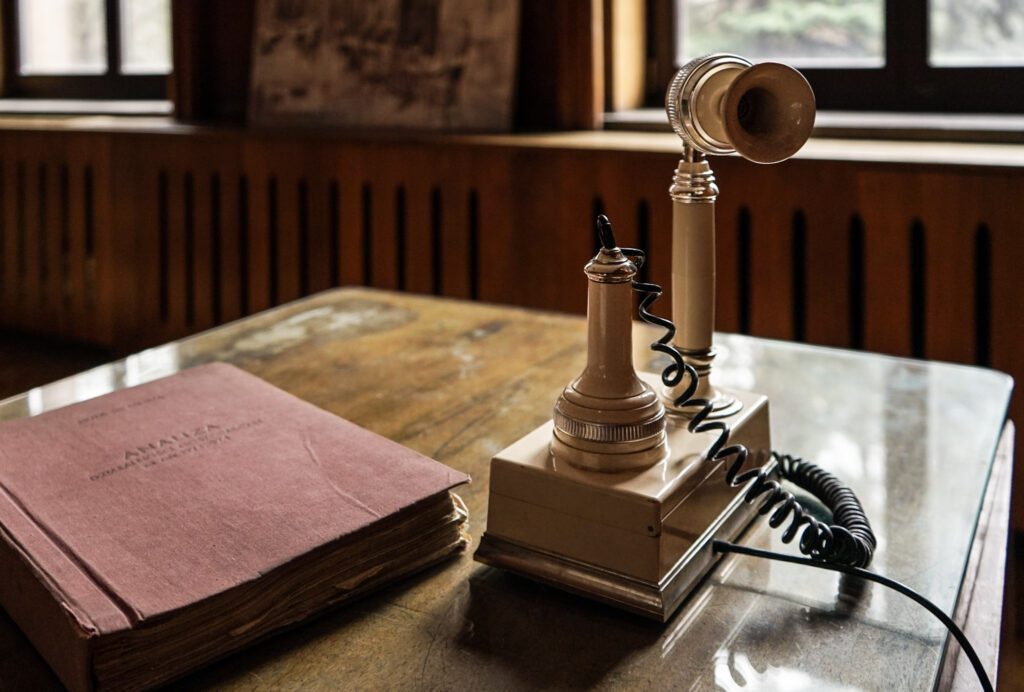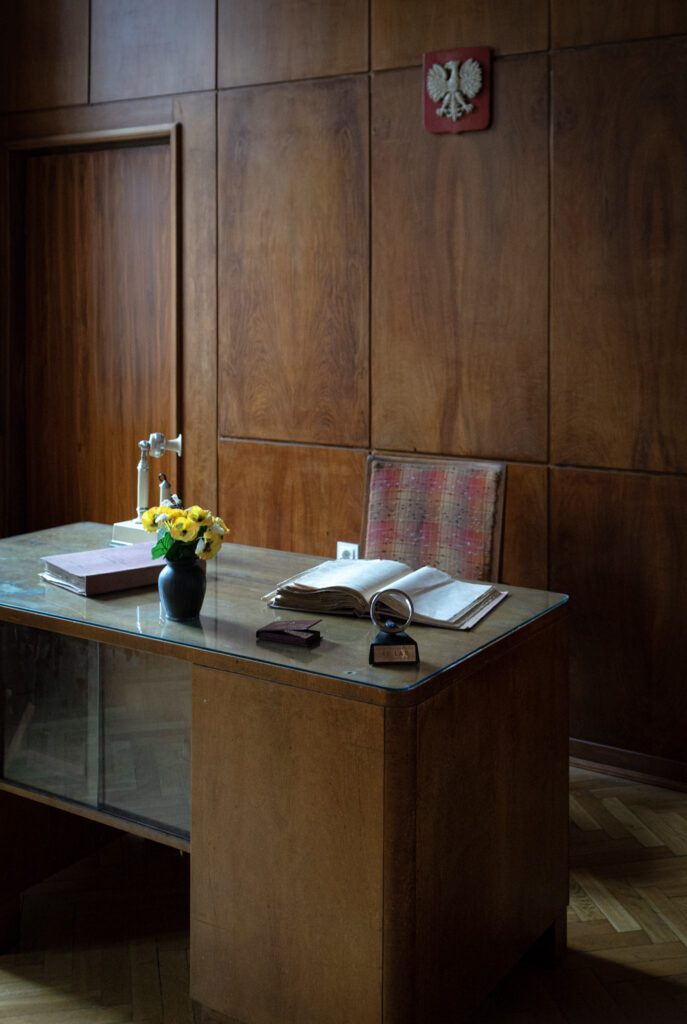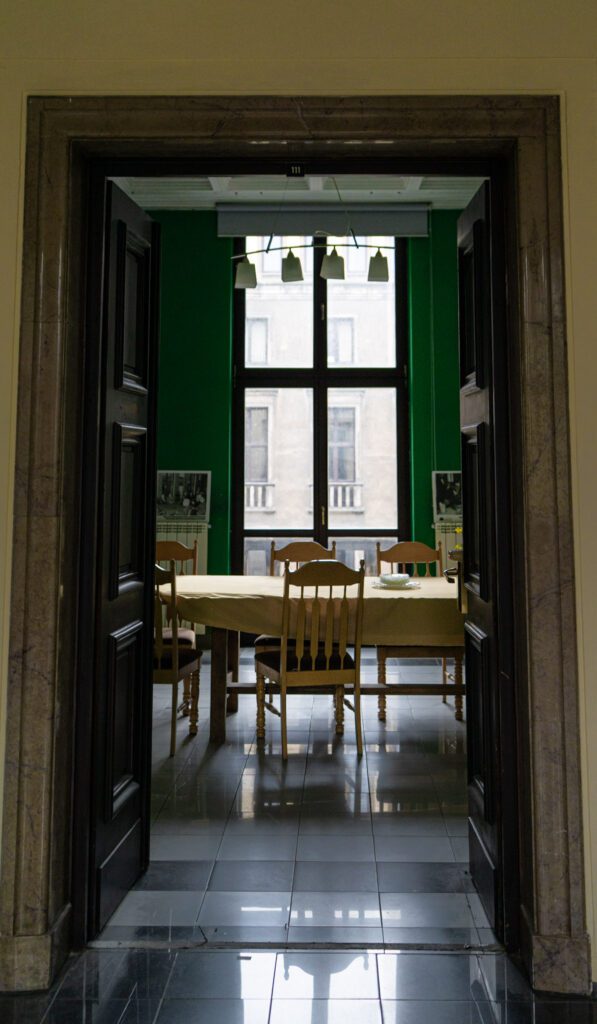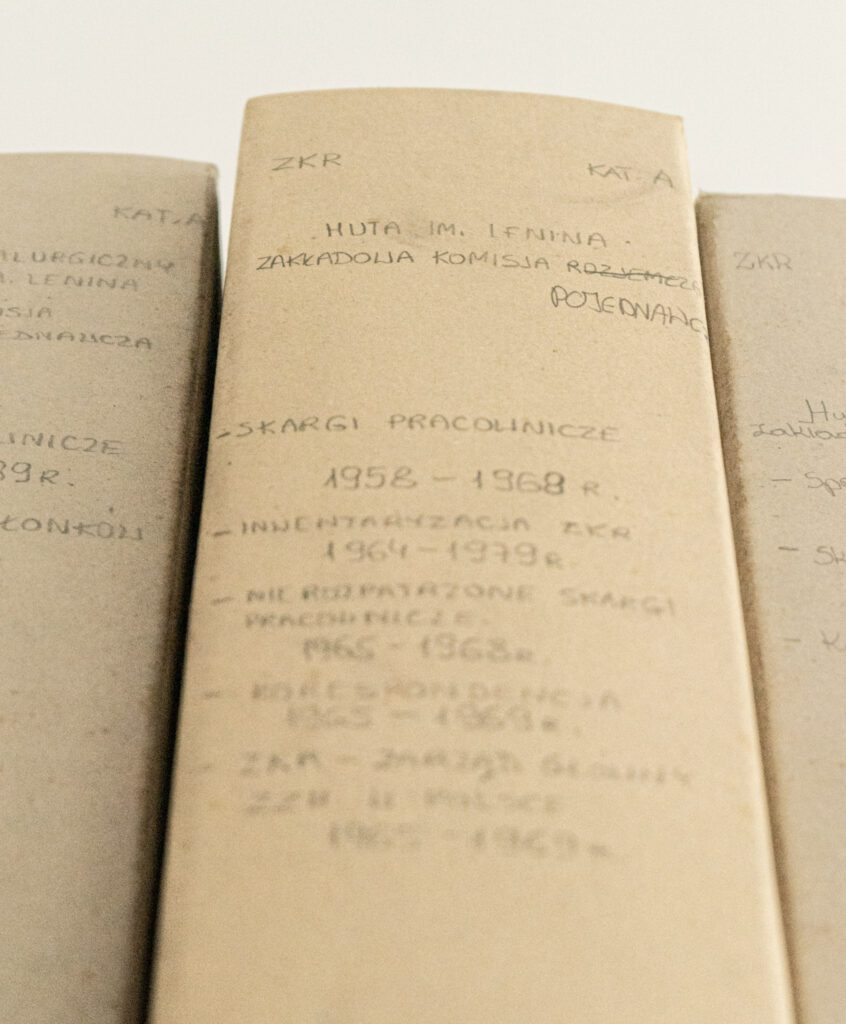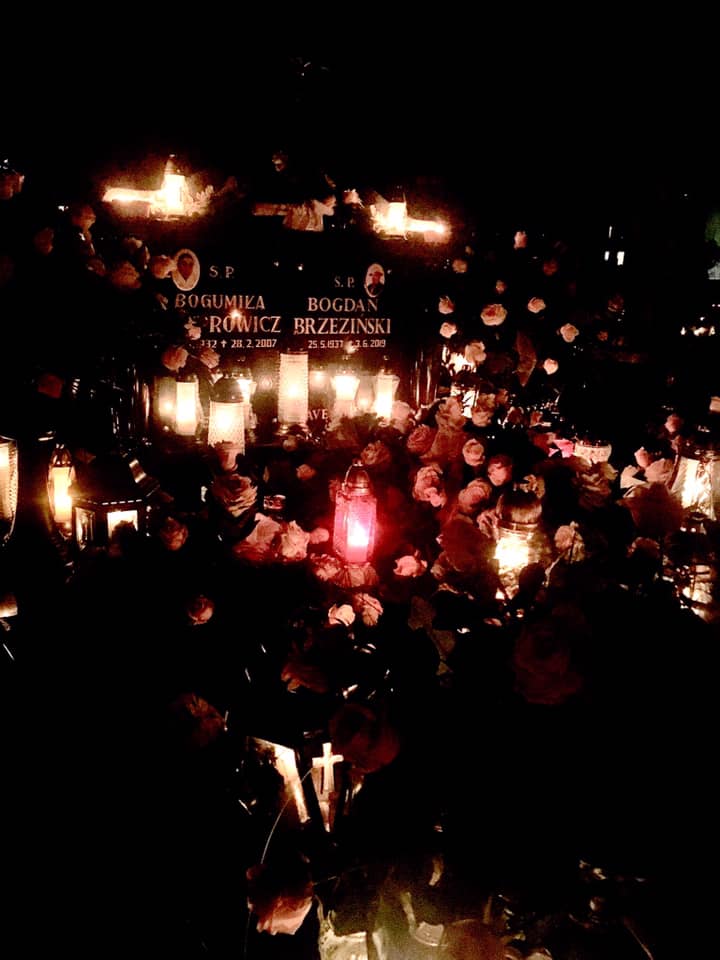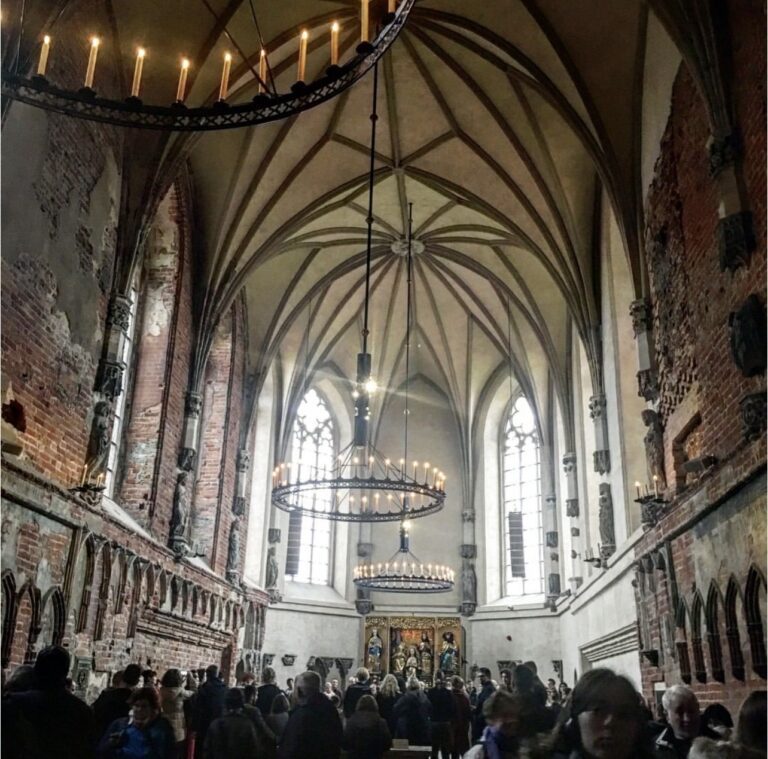Things to do in Krakow:Nowa Huta A Soviet-Era District
If you’re looking for a way to connect with History in Krakow, this Soviet Era themed tour is a tour YOU MUST BOOK
I’m standing outside my hotel on a cold day in Kraków, waiting for my guide, Mateusz, to pick me up. We’re heading to Nowa Huta today, and as I stand there, my fingers freeze and I start questioning my life choices—mainly, why I didn’t grab a second cup of coffee.
On this trip, I was craving something different—something beyond the usual strolls through Kraków’s picturesque Old Town.
So, I signed up for a tour of Nowa Huta, a district offering a deep dive into Poland’s communist past.
Because, you know, nothing says “vacation” like brutalist architecture and tales of socialist struggle. And considering current events, I feel this exploration is important.
Just as I think this, a vintage 1981 VIZ Lada pulls up—a stunning bright green car. It’s beautiful.
I hop in and head east, out of Kraków, to explore an area with a unique history.
My posts contain affiliate links. If you buy through my links, I may earn a commission at no extra cost to you. I only recommend products and services I use and trust. Thank you for supporting my blog
Nowa Huta at a Glance
📍 Location:
East of Kraków’s city center – about 20–30 minutes by tram or car.
🎯 Why Visit Nowa Huta:
Step into a living time capsule of Poland’s communist era. See brutalist architecture, underground bunkers, Soviet symbolism, and discover stories of rebellion and resilience.
🚗 Best Way to Explore Nowa Huta:
👉 Trip Around Nowa Huta Krakow
Book the same tour I did on Viator – hotel pickup included!
🏛️Nowa Huta Highlights Include:
- Plac Centralny – the heart of socialist urban planning
- Steelworks Administration Building – filled with Cold War intrigue
- Vatican-inspired staircases & tunnels
- Ark of the Lord Church (Arka Pana) – symbol of defiance & faith
- Old Lenin Statue Site – with wild stories of its removal
- Restauracja Stylowa – a retro communist-era dining spot
📸 Nowa Huta is Perfect For:
History lovers, photographers, architecture nerds, curious travelers craving something different from the usual Kraków itinerary.
🚌 How to Get to Nowa Huta:
By Car/Bolt: ~20 minutes from Old Town
By Tram: Take Tram 4 or 10 to Plac Centralny (about 30–40 min)
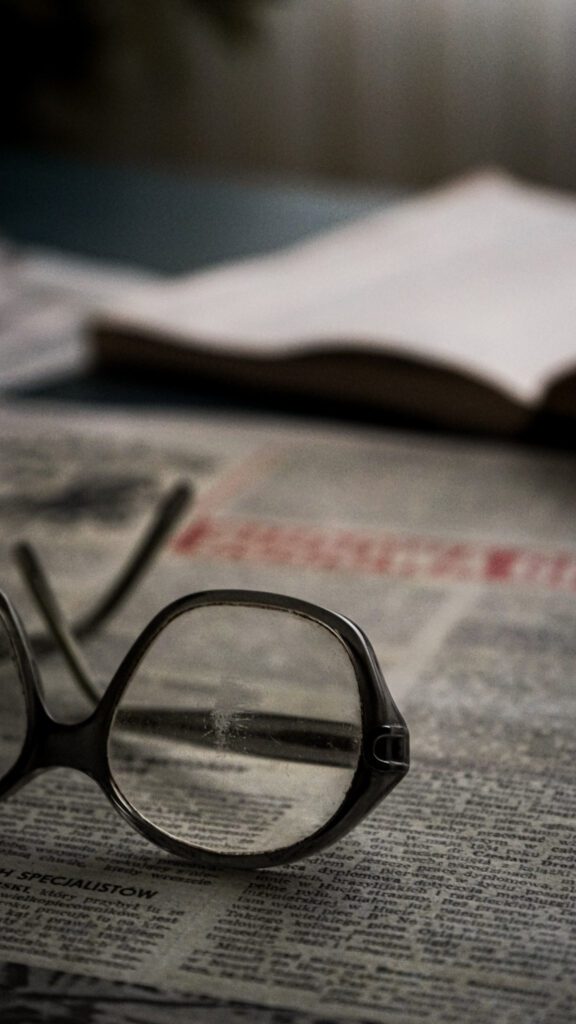
What is Nowa Huta?
Most travelers know Kraków for its medieval charm, grand market square, and historic landmarks like Schindler’s Factory and Auschwitz.
But just beyond the city center lies Nowa Huta—a place that feels like you’ve accidentally time-traveled to the Soviet era.
Built as a model socialist city, Nowa Huta showcases all the hallmarks of communist urban planning: massive, symmetrical apartment blocks, wide boulevards, and an eerie sense that Lenin might round the corner at any moment. I find it fascinating—it’s a reminder that history isn’t always neatly packaged.
If you’re looking to see a different side of Kraków, away from dragons and medieval castles, Nowa Huta is a must-see.
Meet Your Nowa Huta Guide
It’s about a 20-minute drive from my hotel to Nowa Huta, and on the way to Nowa Huta, Mateusz explains what he does. He works for the foundation for Nowa Huta or Fundacja Promocji Nowej Huty and does English tours with his business partner.
They focus on educating tourists and even polish about this vital piece of polish history.
Mateusz tells me that he grew up in Nowa Huta, his family has lived here for a long time.
So, he knows Nowa Huta like nobody else and he’s my guide today. I feel lucky because I get to learn firsthand from a local.
The Bright Green Viz Lada jerks forward as we go over railroad tracks, and suddenly, the scenery changes. Buildings take on a new look, and I remark, “the buildings are much different.”
Mateusz tells me that the founders of Nowa Huta took inspiration from the Royal residence in Krakow. They wanted visitors to feel like they were walking into a royal palace when in the administration buildings of Nowa Huta.

A Brief History of Nowa Huta
Nowa Huta’s story starts in 1947, when planners designed and built it as a socialist-realist city under Stalin’s influence.
They aimed to create a model city that embodied communist ideals—self-sufficiency, industrial growth, and a strong working-class community. The government brought in peasants from the Polish countryside, giving them jobs, education, and homes in this newly built district.
Mateusz tells me the district revolved around a massive steelworks mill, with ambitious plans to transform Krakow’s countryside into an industrial utopia.
Lenin, Stalin and their inspiration
We pull into the parking lot, step out, and he immediately shows me old photos. Pointing to the center, he asks,
‘Do you see those benches?’
‘Yes, of course,’ I reply.
He nods. ‘That’s where a statue of Lenin used to stand.’
It was removed after the fall of communism under the guise of “restoration.” Instead of returning, the statue ended up in Sweden, sitting in a museum a millionaire filled with random artifacts.
Here, I learn that communism in Poland had already begun to collapse six months before the Berlin Wall fell. But the Western world only recognized it once the Wall came down.
Polish officials hesitated to remove Lenin’s statue, unsure how to handle the transition. The fall of communism wasn’t an overnight event—it unfolded in slow, uncertain steps
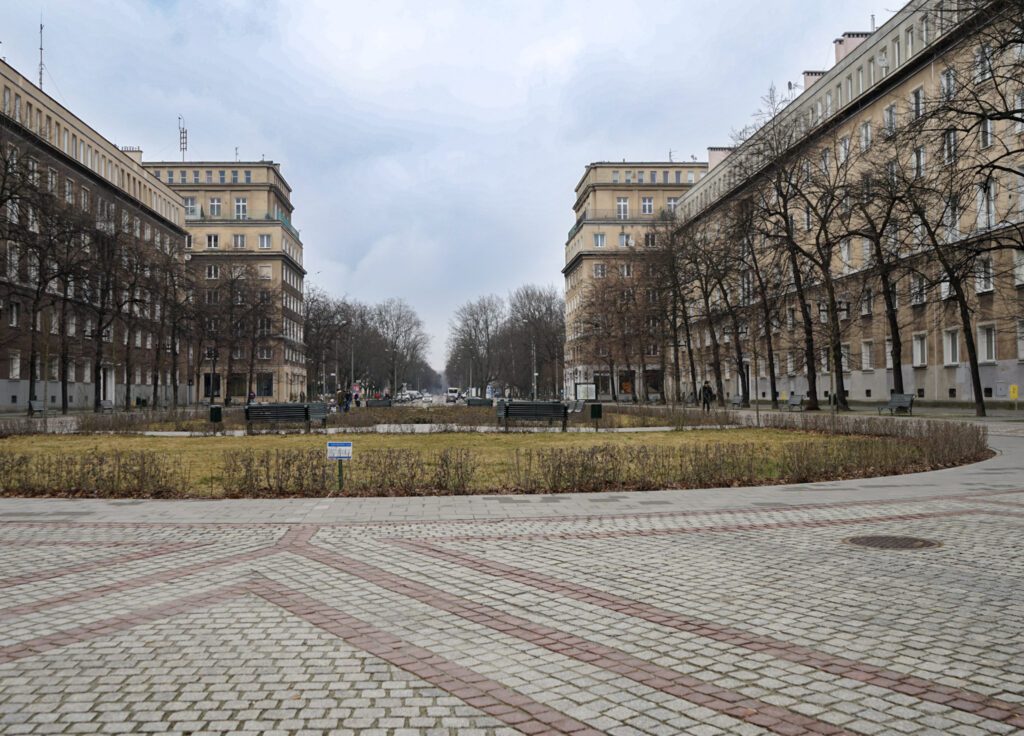
Political tension in Nowa Huta
Despite its idealistic roots, Nowa Huta was also a place of political tension.
While the communist regime intended it to be a symbol of their power, the people of Nowa Huta played a crucial role in Poland’s resistance movement.
In the 1980s, workers here were pivotal in the Solidarity Movement, a labor union that helped bring about the downfall of communism in Poland.
The area has since become a symbol of both propaganda and rebellion, with a rich history of struggle and triumph.
Architectural Wonders & Highlights
Nowa Huta’s architecture stands out as one of its most striking features. The district serves as a living museum of Brutalist and socialist-realist design, dominated by massive concrete structures, wide boulevards, and grand public spaces. Every building was designed to showcase the power of the state, and walking through Nowa Huta feels like stepping back in time.

Plac Centralny
At the heart of the district is Plac Centralny, a vast central square that is the perfect representation of socialist-era urban planning.
Surrounded by massive, boxy buildings, it offers an eerie yet fascinating glimpse into the past. It’s a great spot for photography, with its grand scale and stark simplicity.
Mateusz points out the Aleja Ronald Reagan, what was once considered controversial, is left there. I can’t help but wonder if it will change.

Nowa Huta Steelworks Administrative buildings
We get in the car and drive to the Steelworks. This is something I have yet to see, and I am brimming with excitement over this.
Mateusz points out a school and I ask him if that’s where he went. He said no but his brother went there, it’s a technical high school that has been around for decades.
As we arrive, a huge sign greets us, Huta im. T. Sendzimira
He parks the car and then grabs the keys to one administrative building and in the process, he notices three British tourists who are inquiring about the tour of the building. He invites them to join us on this tour.
The steelworks at the center of the district were the beating heart of Nowa Huta. The factory still stands as a symbol of the industrial prowess that Nowa Huta was built around and a new company has taken over.
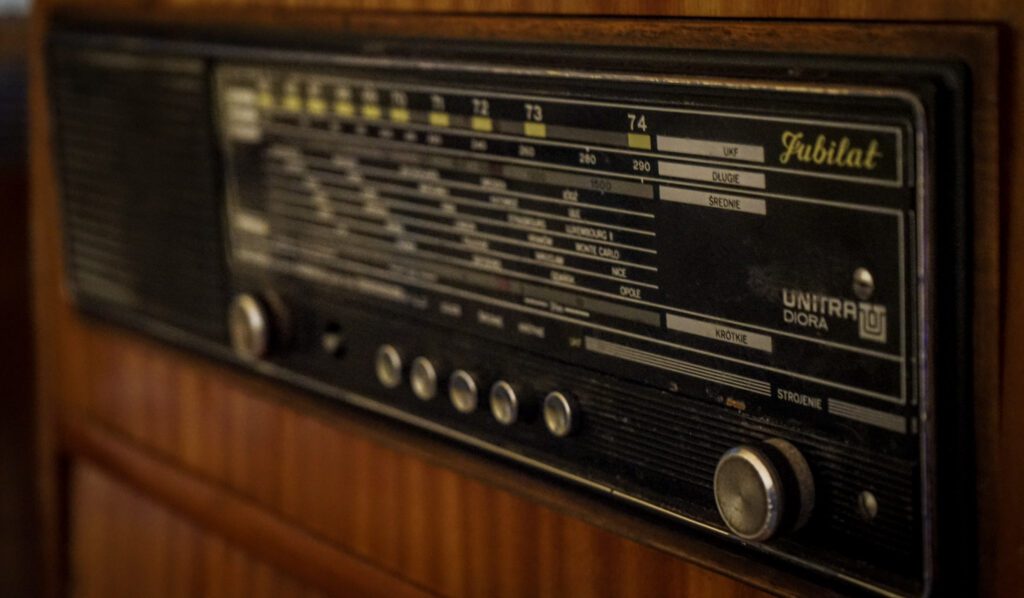
A Walk-through History
As we pass through the steel gates, Mateusz informs us that this building has been featured in several films. One film describes Pope John Paul II’s visit to Nowa Huta in 1976 when he was the Archbishop of Krakow to open the town’s first church, and another is inspired by German WWII events.
An area of particular interest to filmmakers is the “Vatican Staircases,” which remain intact and as beautiful as ever.
He mentions that several dignitaries visited this place, including Fidel Castro, who specifically visited Nowa Huta and the steelworks to observe their industrial development and the expansive city.
I can’t help but ask more questions when he tells all four of us that the USA even bought steel from Poland. It went against any narrative that I was taught during highschool. I was impressed that many US delegations arrived here to make deals with the steel factory.
The Rooms of the Administrative Buildings
During the tour we were led through several rooms where the day-to-day administrative operations would happen in the steel mill.
One room that gave off an impression was the meeting room. It was a grand hall with intricately laid wooden parquet floors and an impressive chandelier in the middle of the room. The chandelier, Mateusz tells us, was made by a local company in Krakow
Much of the furniture throughout the rooms were original with steel pieces that notate this, they also had archive numbers on the back of them.
When films are shot here the furniture is moved around and occasionally used, and when Mateusz told us that we could sit in the chairs I felt like I needed to be careful
Meeting and Dispatch Rooms
Most of the rooms here are floor to ceiling wood, which is impressive and it keeps in the heat. In one of the meeting rooms there are bottles of water, Mateusz picks up one bottle and says “We found these in the basement” as he tips it upside down, algae come loose from the bottom of the bottle. I shudder.
We make our way into what is considered the dispatch room of the administrative building and Mateusz lets us listen to a recording of a woman reporting fuel theft. There’s a pause in the recording to indicate that they stopped recording vital bits of information as if they were trying to hide something.
Mateusz said they found several tapes like this and tapes that were recorded over with music, another nod to erase illegal actions. The system in this room is really intriguing and I can’t help but wonder what it was like back then. Listening to the tapes brought a sense of reality to the whole tour.
The Tunnels of Nowa Huta
We descend the impressive Vatican staircases into the basement and tunnels, which present a notably eerie atmosphere. Without revealing too much detail, it can be stated that the bunker system offers an intriguing and informative experience.
You could say by me omitting this detail, that just means you need to take the tour.
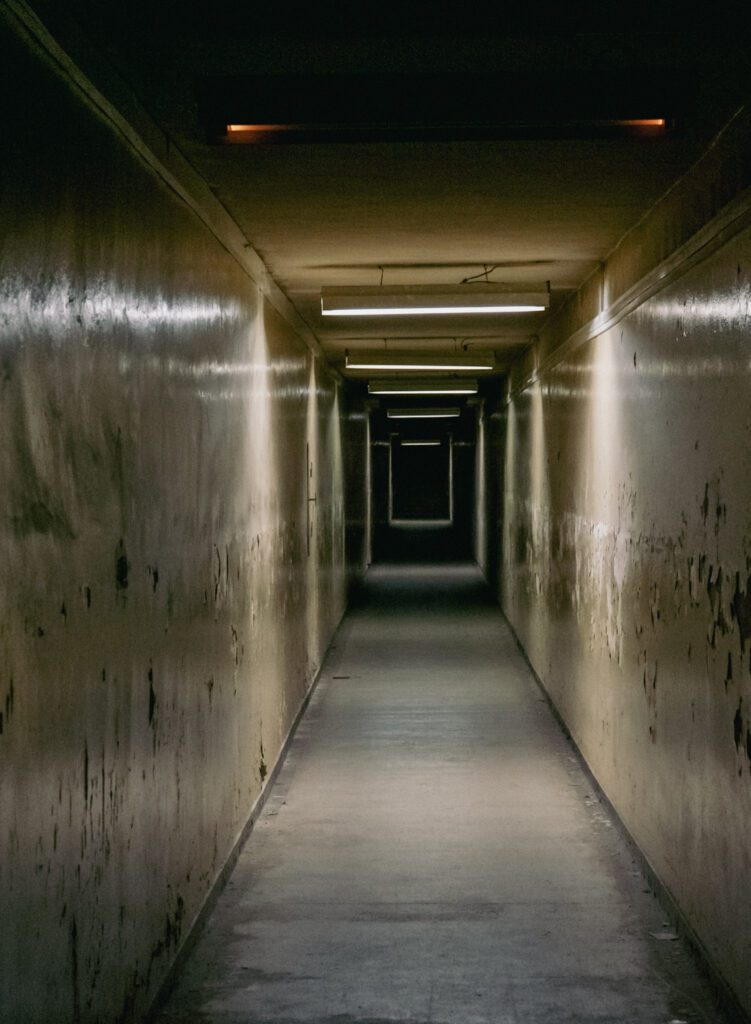
Ark of the Lord Church
Mateusz and I get in the car and head over to one of the most significant landmarks in Nowa Huta– the Ark of the Lord Church or Arka Pana, built during the 1960s when the communist regime initially opposed the construction of any churches.
This church stands as a testament to the resilience of the people of Nowa Huta who defied the government in their pursuit of faith and freedom. What it took to build this church was backbreaking, “Despite the freezing weather, Bishop Karol Wojtyla started celebrating mass outside on the chosen site in 1960. Seven years later, permits were granted and volunteers worked on the church for ten years with subsidies from all over the world, until it was opened to the public in 1977”
The church’s unique, angular architecture contrasts sharply with the surrounding communist buildings.
We head inside and I am in awe of the church. It was something that you have to see to believe. The blood sweat and tears that were put into this during a time when the state controlled everything. I can’t help but get chills when I think about history and current events.
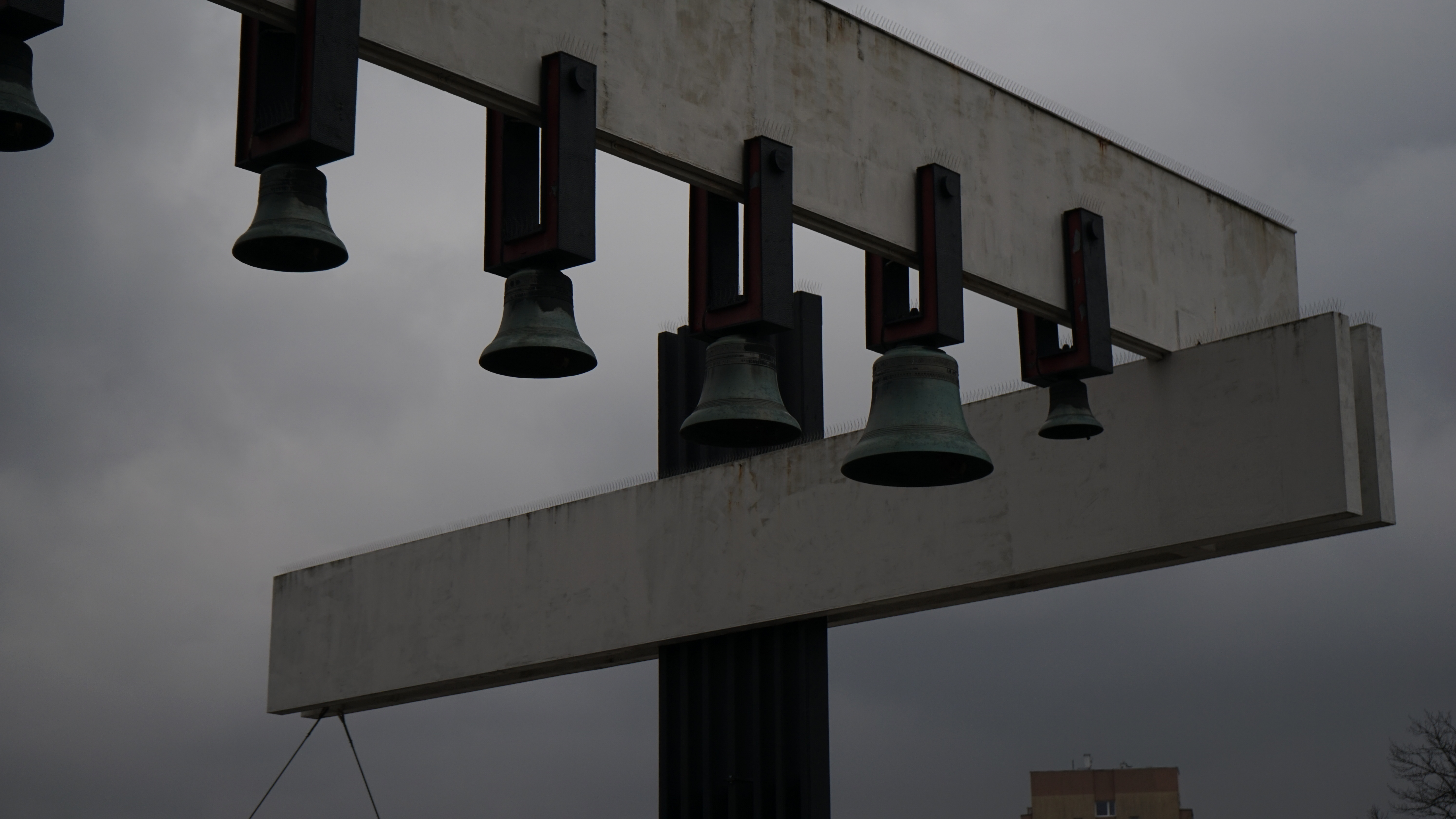
Other Significant Stops in Nowa Huta
We stopped by a WWII IS-2 tank that was left in the neighborhood. Mateusz tells me that his mom remembers a time when you could climb inside of it. You can’t do that now, but you can admire it.
Our last stop is Restauracja Stylowa, where we had a lunch of Pierogi and Zurek. This restaurant is a holdover from communist era times and you’ll see references to this institution while on the tour of the administration building.
The Cultural Significance of Nowa Huta
Nowa Huta’s importance lies not only in its architecture and history but in its cultural significance as a site of resistance. The district played a central role in the Solidarity Movement, where workers and citizens fought against the oppressive communist regime.
Today, the area is a reminder of the power of collective action and the spirit of resilience that helped shape Poland’s freedom.
The district has also seen a transformation in recent years, with younger generations embracing its unique past while pushing the boundaries of art and culture.
The juxtaposition of Soviet-era nostalgia and modern-day creativity gives Nowa Huta a unique energy.
How to Get to Nowa Huta
Visiting Nowa Huta is easy, and it’s just a short trip from Kraków’s city center.
To get to Nowa Huta from the center of Kraków by tram, you can take Tram 4 or Tram 10 from stops like Teatr Słowackiego or Dworzec Główny Tunel (near the Main Square and Kraków Główny train station). The ride takes about 30–40 minutes, and you’ll want to get off at Plac Centralny, the heart of Nowa Huta.
Tram Ticket Information:
- Tickets can be bought at machines at tram stops or inside trams (cash/card).
- A 40-minute ticket (6 PLN) should be enough for the ride.
If you prefer a faster and more direct option, Bolt (a ride-hailing app similar to Uber) is widely used in Kraków and is often cheaper than traditional taxis. It’s a great alternative, especially when traveling late at night or with a group.
Travelers in Kraków can use the Jakdojade app, which is the most popular app for navigating public transportation in Poland. Jakdojade provides real-time tram and bus schedules, route planning, and even allows you to purchase tickets directly in the app.
It’s available for both iOS and Android and is highly recommended for visitors.
Google Maps also works well for basic tram and bus navigation, but it doesn’t offer ticket purchases.
Nowa Huta by Tour
However, I have to say the best way to visit Nowa Huta is by tour.
For those interested in tours, like the one with Mateusz, you can find his tours on Viator. It’s so convenient to have him pick you up in the Green car he has. It definitely makes for an interesting time as well. It was something I loved about this tour!
The tour I took is called is called Trip Around Nowa Huta – Krakow
For those interested in self-guided tours, there are plenty of walking and biking routes around the district, including stops at all the major attractions mentioned above.
Wrapping up my time here in Nowa Huta
Mateusz is on his way to drop me off at my hotel and reiterates the importance of visiting places like Nowa Huta. He tells me about a young boy who was so interested in the history of this place and kept repeating facts he learned on his own.
He tells me “This is so important to have curiosity in times like this, so we can pass on Nowa Huta’s story as it is a district that speaks to the soul of Kraków, providing visitors with a deeper understanding of Poland’s struggle for freedom, industrial power, and cultural resilience.”
With its striking architecture, historical significance, and local charm, it’s a must-visit for those who want to experience a side of Kraków few tourists see.
Check out more of my blog posts about Krakow⬇️



